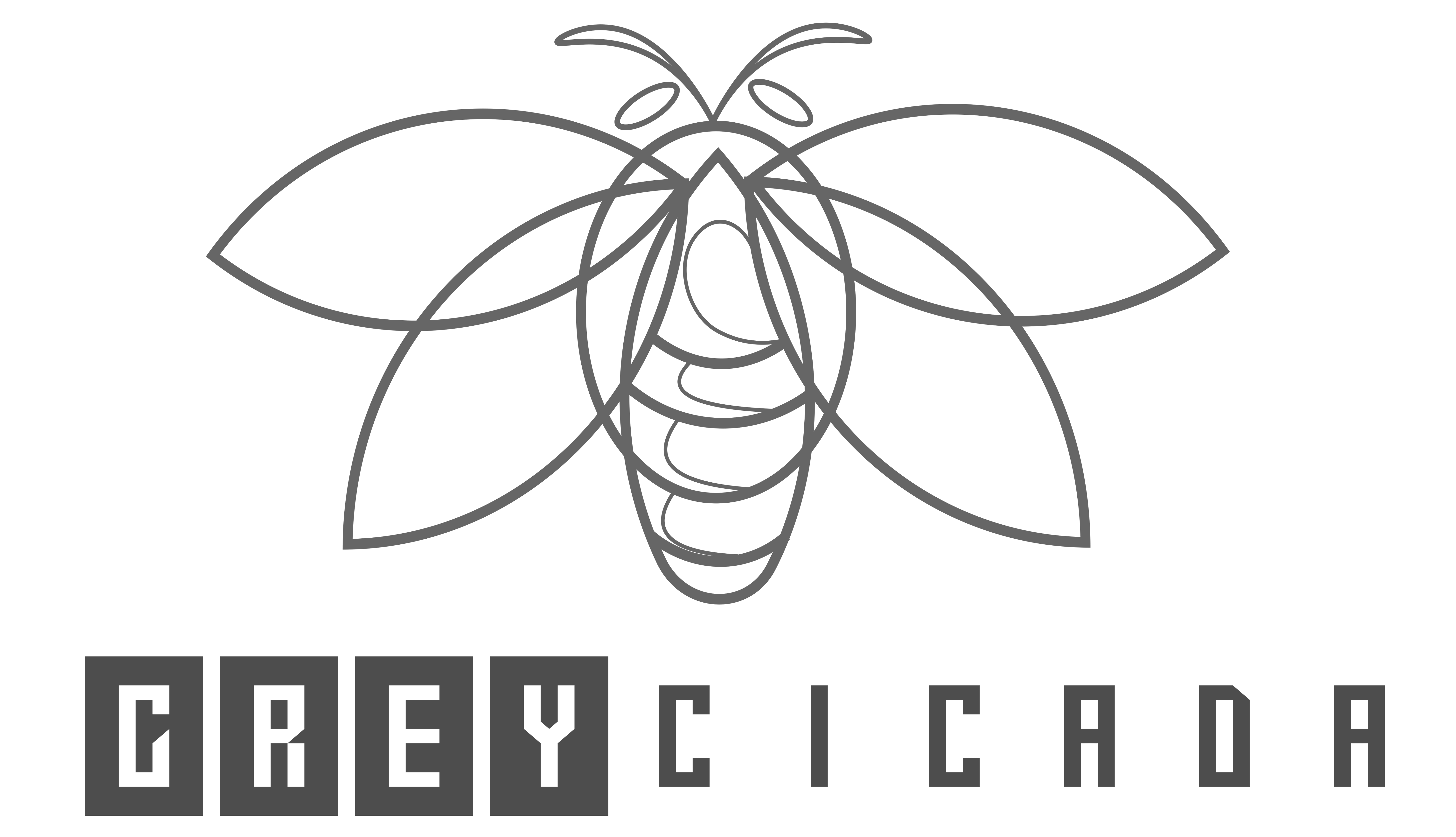FREE SHIPPING OVER $50
I Ate Lentils Every Day for a Month—Here’s What It Did to My Gut Health

You hear a lot of advice about gut health. Take probiotics. Try kombucha. Eat fermented foods. The wellness industry has us convinced that a happy gut microbiome requires expensive supplements and a highly specific, complicated diet. But what if the secret to a thriving digestive system was hiding in plain sight, in a humble, affordable bag of legumes you can find at any grocery store?
I decided to put this theory to the test. For a full month, I committed to eating lentils every day. I wasn’t on a strict diet, and I didn’t change any other major habits. My goal was simple: to see what this one small change would do to my gut health. Like many people, I was a little skeptical and a little nervous about the potential for gas and bloating—the most common side effect of a high-fiber food. But what I discovered was a complete transformation of my digestive system. Here’s an honest, week-by-week account of what happened, and a breakdown of the science behind why lentils are a true powerhouse for your gut.
The Scientific “Why”: The Tiny Legume with a Giant Impact
Before I get into my personal story, let’s talk about the incredible nutrition found in a single serving of lentils. They are a triple threat for gut health, and knowing how they work will help you understand my experience.
- Fiber, the Dynamic Duo: Lentils contain both soluble and insoluble fiber. Insoluble fiber is the kind that adds bulk to your stool, making it easier for waste to pass through your digestive system and preventing constipation. Soluble fiber, on the other hand, dissolves in water to form a gel-like substance. This is the star of the show for gut health.
- The Power of Prebiotics: That soluble fiber from lentils acts as a powerful prebiotic. Think of prebiotics as the fertilizer for your good gut bacteria. While probiotics are the beneficial bacteria themselves, the prebiotics from lentils feed them, helping them multiply and flourish. This is a crucial step in building a healthy and resilient gut microbiome.
- Fermentation for a Healthier Gut: When the soluble fiber reaches your large intestine, your gut bacteria begin to ferment it. This process produces beneficial compounds called short-chain fatty acids (SCFAs), like butyrate. SCFAs are the main energy source for the cells that line your colon, and they play a critical role in reducing inflammation and strengthening your gut barrier.
My Personal Experiment: Week by Week
Week 1: The Initial Shock and Bloat
I started my journey with a simple lentil soup for lunch. I was aware that the sudden increase in fiber might cause some initial discomfort. And it did. The first few days were, I’ll admit, a little rough. I experienced some mild bloating and gas, which is a completely normal reaction as your gut bacteria get used to fermenting a new food source. I stayed consistent, though, and made sure to drink plenty of water, which is essential when you’re increasing your fiber intake. By the end of the first week, the discomfort began to subside, and I started to feel a subtle but noticeable difference in my regularity.
Week 2: Finding My Rhythm
By the second week, my digestive system had fully adjusted. The initial bloating was gone, and my digestion felt smoother than it had in a long time. I started to get more creative with my lentil dishes to avoid boredom. Lentil salads for lunch, lentil pasta for dinner, and even lentil patties as a burger substitute. The best part was how satisfied I felt. The high fiber and protein content of lentils kept me feeling full and energized for hours, which helped me avoid the dreaded afternoon slump.
Week 3: The Positive Changes Emerge
This is when the real, tangible changes became clear. I noticed a significant reduction in indigestion and a newfound feeling of lightness. My bowel movements became incredibly regular and effortless. For anyone who has struggled with constipation, you know how life-changing this can be. It was clear that my gut microbiome was thriving on the steady diet of prebiotic fiber. I also noticed that my energy levels felt more stable throughout the day.
Week 4: The Transformation Is Complete
By the final week, eating lentils every day felt like a normal, enjoyable part of my routine. I had a deeper understanding of how the food I put into my body directly impacts my well-being. My digestion was consistent and comfortable, and my energy levels felt more balanced than ever. The experiment confirmed what I had learned from science: consistency is the most important factor. My gut health had been completely transformed by a simple, affordable, and incredibly effective food.
The Ultimate Takeaways: What This Means for Your Gut Health
My personal experience is a powerful testament to the science of lentils and gut health. Here are the key lessons I learned that can help you on your journey.
- Lentils Are a Gut Health Powerhouse: They don’t just provide fiber; they provide the specific type of prebiotic fiber that your gut bacteria need to flourish and produce beneficial compounds.
- Bloating is a Sign of Progress: If you start eating more fiber and experience some initial gas or bloating, don’t give up! It’s a temporary sign that your gut microbiome is adapting and getting stronger.
- Consistency is King: The dramatic changes I experienced didn’t happen overnight. They were the result of a month of consistent, daily effort. You don’t need an intense, restrictive diet; you just need to be consistent with a smart choice.
- The Power of Plant-Based Foods: My experiment proved that you can significantly improve your gut health with simple, whole, plant-based foods. You don’t need expensive pills or powders to get real results.
Practical Tips for Incorporating Lentils
If you’re ready to see what lentils can do for your gut health, here are a few simple tips to get started without overwhelming your digestive system.
- Start Small: Don’t go from zero to a full bowl of lentil soup. Begin by adding a quarter cup of cooked lentils to your salads, soups, or rice dishes. Gradually increase the amount as your body adjusts.
- Hydrate, Hydrate, Hydrate: Fiber needs water to work its magic. Make sure you are drinking plenty of fluids throughout the day to help the fiber move through your digestive system smoothly.
- Get Creative: Lentils are incredibly versatile. Try them in a variety of dishes to keep things interesting. Red lentils work great in soups and stews, while green or brown lentils are perfect for salads and side dishes.
- Prep Ahead: Cook a large batch of lentils at the beginning of the week and store them in the fridge. This makes it easy to add them to your meals throughout the week without the extra cooking time.
Conclusion
My month-long experiment with lentils was a powerful reminder that the most effective solutions for our health are often the simplest ones. You don’t need a complicated plan or a hefty budget to improve your gut health. You just need a commitment to a single, powerful food that can help your gut microbiome thrive. By adding this humble legume to your daily diet, you can take a proactive step toward a healthier digestive system and a better quality of life.
Related Articles
- I Ate Oatmeal Every Day for 2 Weeks—Here’s What Shocked Me Most
- Sourdough or Whole-Wheat? A Gut Doctor Reveals the One Bread He Eats Daily
- Say Goodbye to Hormonal Belly: Experts Pinpoint 4 Foods to Eliminate for a Flatter Stomach (Yes, Even Dairy!)
- Defy Your Aging Gut: An Expert’s 5-Step Plan to Revitalize Your Microbiome & Feel Younger
- Gut-Friendly Carbs: The 6 Foods Dietitians Recommend To Help You Poop



